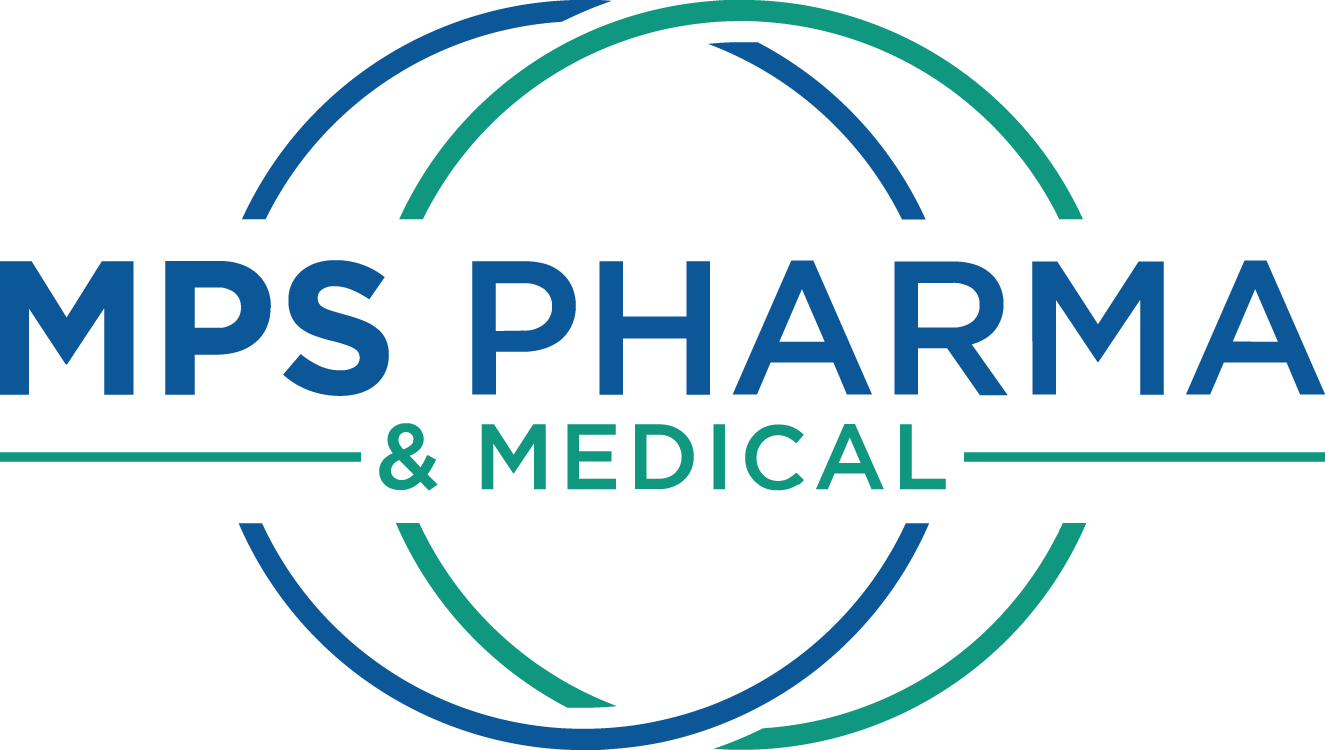Filling and dispensing eye drop medication prescriptions is probably something you do every day for your pharmacy patients. Unfortunately, those same patients will likely forget to take their medication, which could lead to negative health impacts, more doctor visits, and additional medications.
In fact, medication non-adherence overall is a serious problem, ultimately leading to a cost burden across healthcare systems.1 It is estimated that about 2/3 of patients are non-adherent, leading to an annual cost of $637 billion to the global pharma industry.2 This is especially true for chronic health conditions. When it comes to eye medications, those chronic conditions are very vulnerable.
However, statistics can be encouraging. Every 10% medication adherence improvement can reduce healthcare costs by up to 29%.2 That means your efforts to help your patients will not only positively impact them, but will have a positive impact for the entire healthcare industry.
Eye drop medication administration impact
That positive impact can spread to something as seemingly small as remembering eye drop medication, and extend to ensuring your patients remember to finish their prescription. Studies indicate that glaucoma patients will only take 70% of their eye drops.3 Unfortunately, a glaucoma patient who fails to comply with their eye drop treatment is at risk for poor glaucoma control and vision loss.4
Research into why glaucoma patients were consistently not adhering to their treatment revealed three issues: 5
- Difficulty in applying eye drops
- Lack of education
- Forgetfulness
Likely these reasons explain why most eye drop medication patients do not follow medication directives.
Lack of education can certainly be addressed by your staff. But helping patients remember may take specific steps.
Help your patients remember their eye drop medication
Here are 5 ways you can help your patients remember to administer their eye drops properly:
- Colored ophthalmic bottle dropper caps
Many pharmacists rely on colored caps to indicate therapeutic class of the medication they are prescribing. Those colored caps can also be used to indicate time of application. One color can be used for morning, and another for night.
- Leave medication in plain sight
Many of your patients will set their eye drop medication in a medicine cabinet. You know the saying, “Out of sight, out of mind.” Instead of hiding their medication away, encourage them to leave prescriptions out in the open, where they are sure to see it each day. Be sure to explain if the medication is light-sensitive and must remain out of direct sunlight. - Incorporate eye drop medication into a routine
Advise your patients to build their daily routine around the medication. If they need to administer in the evening before bedtime, tell them to always administer before doing anything to prepare for bed (such as changing into pajamas or watching television in bed).
- Use a daily log or timers/alarms
For those who are old school, a simple paper daily log can keep track of when medication was last administered. Setting a phone alarm or an Alexa alarm can be daily reminders for those more comfortable with technology. - Ask family members to help
If possible, your patients should enlist the aid of a significant other or family member to help them remember medication administration. Those enlisted likely want to encourage good health and habits for their loved one, and will be happy to assist.
Your patients will appreciate the steps you take to help them achieve and maintain their health. These 5 memory aids will certainly make their eye drop medication administration routines much more successful.
Looking for more on this topic? Read What Are Serum Tears?
Learn about Medropper™: Ophthalmic bottle droppers available in custom quantities, in single-, double-, or triple-wrapped pouching options, and with 11 colored cap variations to choose from.
References:
- Cutler RL, Fernandez-Llimos F, Frommer M et al. “Economic impact of medication non-adherence by disease groups: a systematic review.” BMJ Open 2018;8(1):e016982. PMID: 29358417
- L, Jeff, “15 frightening stats on medication adherence (plus infographic),” Pillsy.com, May 16, 2018. Accessed on March 26, 2020. https://www.pillsy.com/articles/medication-adherence-stats
- Glaucoma Center of Excellence, “How to succeed at eye drop treatment: It’s all in your hands,” Johns Hopkins Medicine. Accessed on March 20, 2020. https://www.hopkinsmedicine.org/wilmer/services/glaucoma/book/chapter_how_to_succeed_with_drops.html
- World Glaucoma Association, “What should I do if I forget to take my eyedrops?” glaucomapatients.org. Accessed on March 26, 2020. https://www.glaucomapatients.org/treatment/what-should-i-do-if-i-forget-to-take-my-eyedrops/
- American Academy of Ophthalmology, “More than half of people with glaucoma skip or improperly administer medications, risking permanent vision loss”. Aao.org. January 12, 2015. Accessed on March 26, 2020. https://www.aao.org/newsroom/news-releases/detail/more-than-half-of-people-with-glaucoma-skip-improp

 0
0
